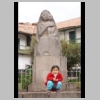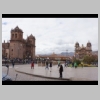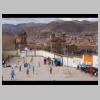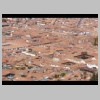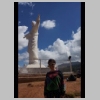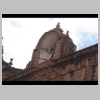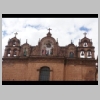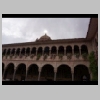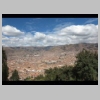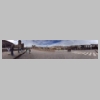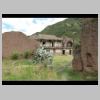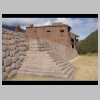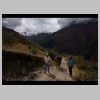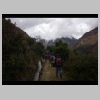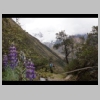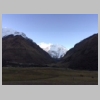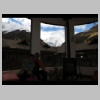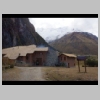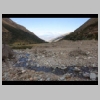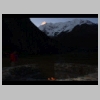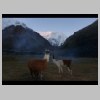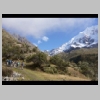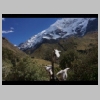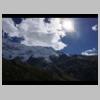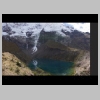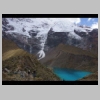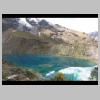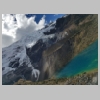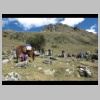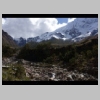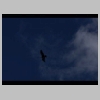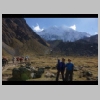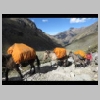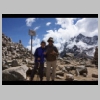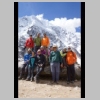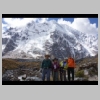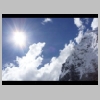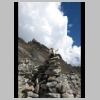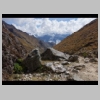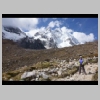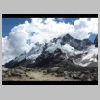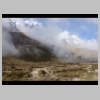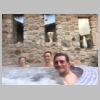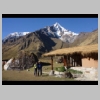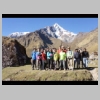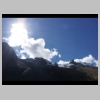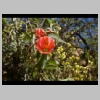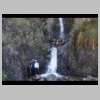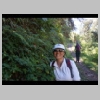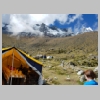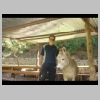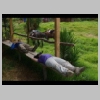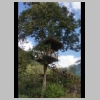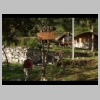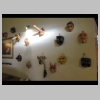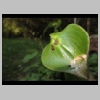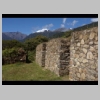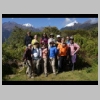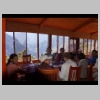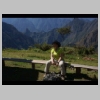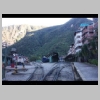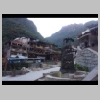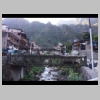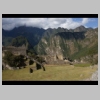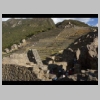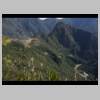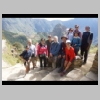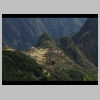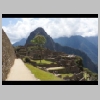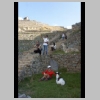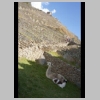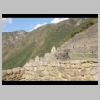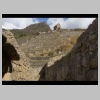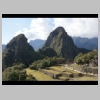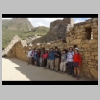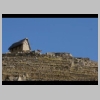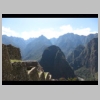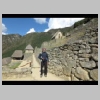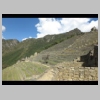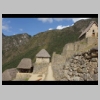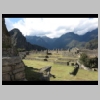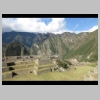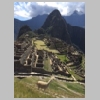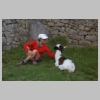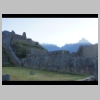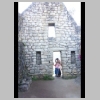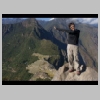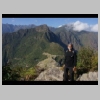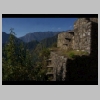The Salkantay trail from Cusco to Machu Picchu is one of the top treks for most people, and with good reason. A majority of people do it in 3-4 days of hard hikes. But we did it the easier way - in a group tour organized by REI. The group was a total of 12 hikers, along with two guides from REI who carry most of our baggage between a series of really nice lodges where we stayed. Before flying in to Cusco, we spent just about two days in Lima (not enough -- Lima is definitely worth spending a few days). We stayed in Cusco for two days, to get acclimatized to the altitude. This was a good idea, since Cusco has plenty to do for 2-3 days, the hotels are nice, and so is the food. We hiked for eight days, and only two or three of these were long hikes. The highest point, Salkantay pass, is at 4600m; it's the highest point any of us (Dev, Terri, Kitty and me) had been before, so we were not sure if we'd get hit by altitude sickness -- but that was not an issue at all. The hikes go through some really great views, except perhaps the hike from Colpa lodge to Lucma. Apart from views of snow capped mountains, there is a lot of interesting flora and fauna -- including condors, the occasional mountain deer, butterflies, hummingbirds and various other birds, orchids, avocado trees, coffee plantations, wild passion-fruit trees, wild strawberry fields, ... The town of Aguas Calientes, set at the foot of the Machu Picchu mountain, is quaint, but very touristy. But Machu Picchu itself is fantastic. The guides from REI are really good -- they are trained to identify almost all the plants and animals/birds (and also spot them) along the way. They know the history of the place very well, so hikes are spiced up with periodic discourses.
The Food
Cusco has a lot of good restaurants, with many restaurants serving very good fusion food (European style dishes with local variations). The food at all
the lodges was very good, and they make sure to give the hikers a flavor for various local dishes. On one day (in Lucma), they cooked up a traditional outdoor
barbecue pachamanka, with several different types of potatoes, pork, chicken and even guinea pig. The avocados in Peru are huge, and very good. So are some
fruits including the largest custard apples (Cherimoya), and the Peruvian version of passion fruit (Granadilla). One night our guide Raul also gave a lesson on
how to make pisco sour -- the national alcoholic beverage.
Hiking:
Early July turned out to be an excellent time to go -- the weather was excellent and we only needed light jackets or just shirts on most days. Nights get a bit
chilly, but the lodges are heated. All the lodges also have hot water outdoor jacuzzis, which can be nice at the end of a hard day of hiking. The jacuzzis also
are made with some really spectacular views. We reached Cusco one day before the official start of the hiking trip. The day by day travel was:
Day 1 (Cusco): Walked around town, hiked up to Cristo Blanco.
Day 2 (Cusco): Cathedral, Inca Ruins at Saksawaman.
Day 3 (Cusco-Salkantay): Drive to inca ruins at Tarawasi; drive to Mollepata; Hike 5 hours to Salkantay lodge.
Day 4 (Salkantay): Hike to Humantay glacial lake (5-6 hours), night at Salkantay lodge
Day 5 (Salkantay pass): Long hike to Salkantay pass; descend to Wayra lodge (7-8 hours).
Day 6 (Wayra-Colpa): Easy hike in green zone to Colpa lodge; bird-watching day.
Day 7 (Colpa-Lucma): Easy hike; wild avocados along path; last past was a 30 min drive.
Day 8 (Lucma-Aguas Calientes): Long hike, lot of it downhill; inca ruins and Machu Picchu viewpoint.
Day 9 (Machu Picchu): Hike up to Machu Picchu, hike up to Sun gate; walk around in Machu Picchu.
Day 10 (Wayna Picchu): Very early bus ride to Machu Picchu; hike up Wayna picchu; return by bus for lunch at Aguas Calientes; train back to Cusco.
About the photos
Cameras: Sony Nex7 with Sony 18-200 lens; Canon G1x Mark II. No copyright on images.
